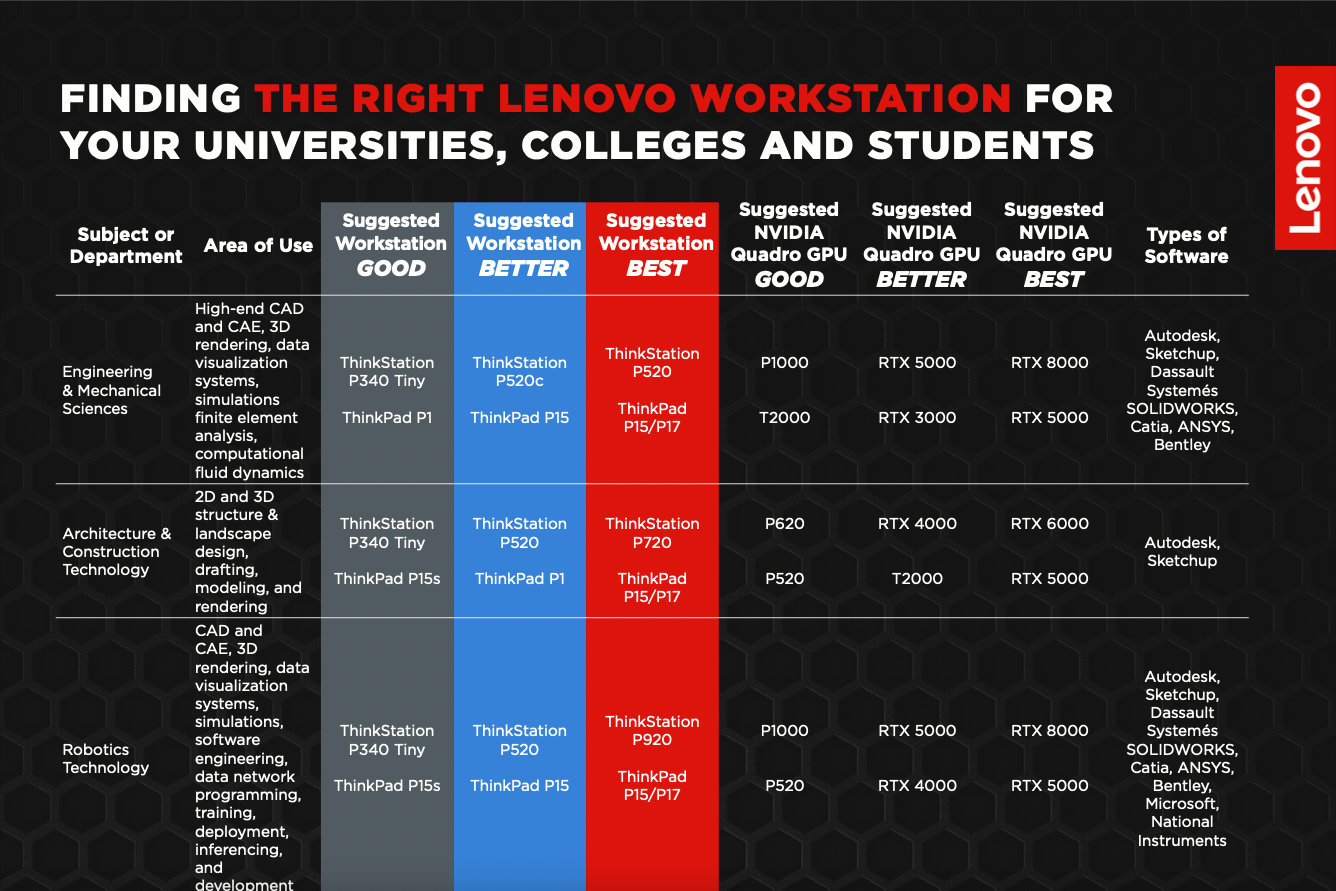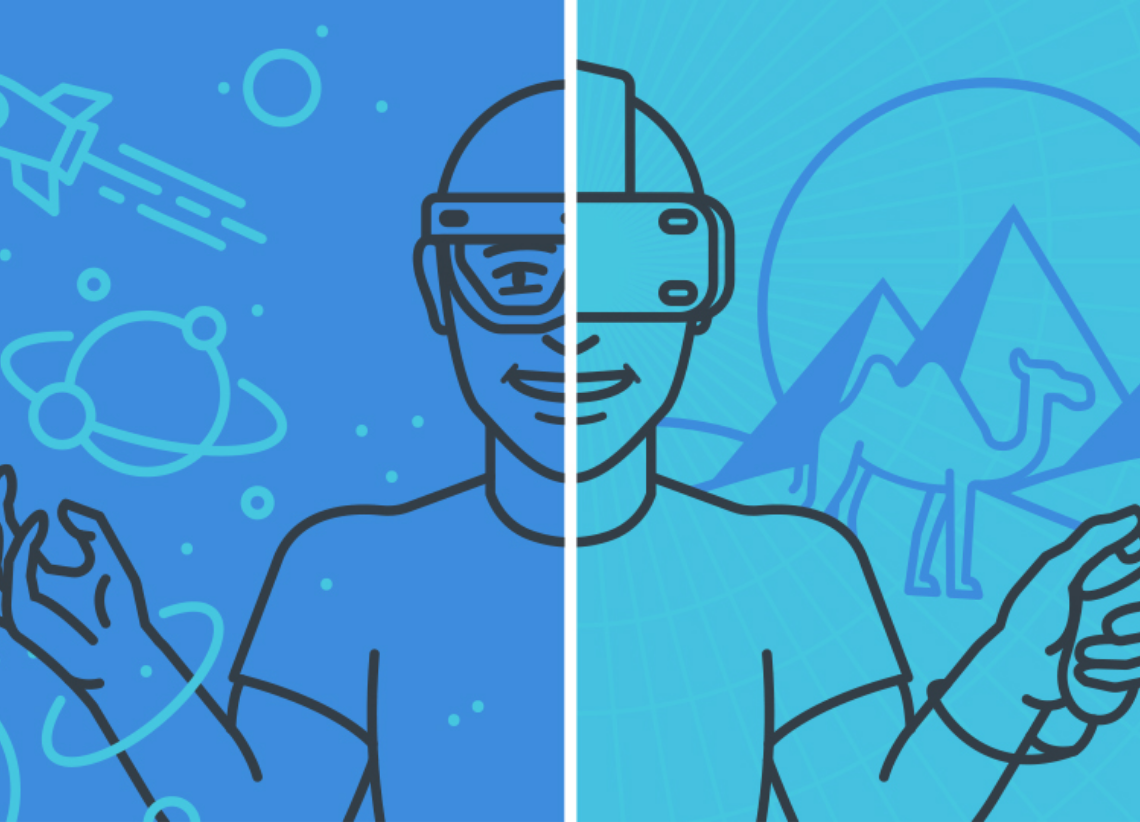Distance learning technology has transformed today’s higher education (higher ed) landscape, outfitting more off-campus students with the digital tools and resources they need to excel in the digital classroom. Thanks to advancements in modern technologies such as AR/VR, AI, and 5G, colleges and universities can upgrade core curriculums, expand their campus’ reach, and influence a new generation of scholars—in faster, more cost-effective ways.
To onboard new distance learners, higher ed institutes must first establish better digital frameworks to facilitate integration efforts. To better assimilate students, colleges and universities could leverage new tech support tools, such as Learning Management Systems, educational VR and AR classroom platforms, and cutting-edge content management software. Many schools, however, have yet to retool their off-campus enrollment efforts, and struggle to shed their legacy systems, educate faculty, and restructure course curriculums.
Challenges and Obstacles
Let’s take a detailed look at some of the difficulties universities can face when deploying new long distance learning systems.
1. Diminished Participation
According to research, online learning can be as effective as in-person classes—if students receive purposefully designed, engaging lesson plans. When crafting curriculum, it’s essential that professors build lesson plans designed for off-campus students and their distance learning needs. This may include Skype-inspired lesson plans, which could encompass online classroom discussions, group projects, and friendly debates amongst pupils.
2. Academic Dishonesty
Does today’s modern technology tend to promote or prevent collegiate cheating? A 1964 study showed that 75% of students committed scholastic fraud. In 1996, that same study was replicated. Researchers found that 82% pupils admitted to dishonesty in the classroom—a full 7% bump in untruthfulness—which may be attributed to the digitization of higher education.
Then, a newer 2015 study not only confirmed that tech-enabled cheating does take place on campus, but identified the three main forms of academic dishonesty takes: i) using information without proper referencing; ii) using unauthorized materials during a test; and iii) using another student’s assignments from a previous semester. As online tools continue to progress, higher ed institutions must leverage the power of today’s tech to thwart students’ innovative and advanced cheating methods.
3. Shortsighted Implementation
It’s imperative that higher ed institutions procure appropriate classroom tech for their professors and student body. One easy way for campus leadership to secure faculty and administrative buy-in is to distribute needs assessments before ordering new, next-gen devices for their staff. When professors feel heard and considered—as opposed to ignored and overruled—leadership and lecturers alike adopt the same, unified vision for how on-campus and off-campus education should best function.
“Institutions need to determine which constituency they are going to serve when they deploy technology solutions. As with any decision, pleasing multiple parties is not possible,” says Brent Nair, chief operating officer at Cook Systems, Inc.
According to Mr. Nair, “Digital solutions are still two dimensional; we as participants, even with video/audio miss the subtle nuances of facial/body language and the tone and inflection of speech.”

Opportunities and Benefits
While barriers to implementation do exist, colleges and universities must strategize, engineer, and deploy new distance learning frameworks in the coming years to stay relevant.
Let’s explore how higher education institutions can leverage today’s tech solutions in order to maximize off-campus enrollment numbers.
- 1. Tech Solutions
Global GDP is expected to grow as worldwide AI adoption expands—eventually totaling $13 trillion in projected value by the end of the decade, according to a study by McKinsey Global Institute.
AI improves the accuracy of operational predictions, helping identify patterns and anomalies in IoT sensor data. However, since IoT devices are primarily interconnected via unsecured, public networks, blockchain technology may also be leveraged to defend the data’s integrity from bad actors.
Along with AI and blockchain, Augmented and Virtual Reality technologies are playing a major role in revolutionizing the interactions between human and machine, especially in the higher education space.
Artificial intelligence is even being leveraged in professors’ authorship verification efforts—essential to maintaining the credibility of distance learning programs. Today’s teachers are deploying AI-powered, anti-plagiarism software, hoping to identify and deter academic dishonesty. Equipped with digital diagnostics, databasing tools, and artificial intelligence algorithms, instructors are quickly stemming the tide of tech-enabled cheating.
- 2. Active Learning
Active learning has been shown to improve critical thinking abilities, learner motivation, and interpersonal communication skills. After surveying 100,000+ students from over 1,600 colleges, the National Survey of Student Engagement (NSSE) found that hands-on, integrative, and collaborative active learning experiences led to higher levels of interpersonal development and student achievement.
By encouraging off-campus students to interact with their professors and coordinate with classmates on group projects, universities are keeping pupils plugged in and involved. Requiring online learners to demonstrate their subject knowledge first-hand compels those students to showcase their comprehension levels—while being a contributing member of the class.
Going forward, academic institutions must be mindful to incorporate active learning measures in their off-campus education programs—adopting strategies such as gamification—to more accurately track student engagement levels.
- 3. Promoting Open Discussion
Needs analyses are paramount to a school’s success, yet remain an ancillary afterthought for many academic institutons. Procuring the newest tech available on the market may be the right choice for a university but, then again, it may not. Unfortunately, too many colleges fall for the “shiny object” trap, draining their budgets and taxing their resources to buy the latest and greatest—rather than the most needed.
Thankfully, there’s a simple solve for higher ed institutions: consulting with their faculties prior to purchasing new classroom tech. By opening the lines of communication with professors, in advance of digital acquisitions, campus leadership will reach a universal consensus of what tech is needed, where it’s needed, and most importantly—why it’s needed.
Cohesiveness is especially relevant in regards to distance education. Instructors with off-campus students often face additional challenges beyond the classroom, like faulty tech, flawed connections, or defective devices, all of which work to disrupt students’ virtual learning environments. The mounting frustrations of those experiences may dissuade distance learners from enrolling in subsequent off-campus classes. To avoid these pitfalls, and to maximize their institution’s impact, campus leadership should confer with online educators before making their next digital buy.






